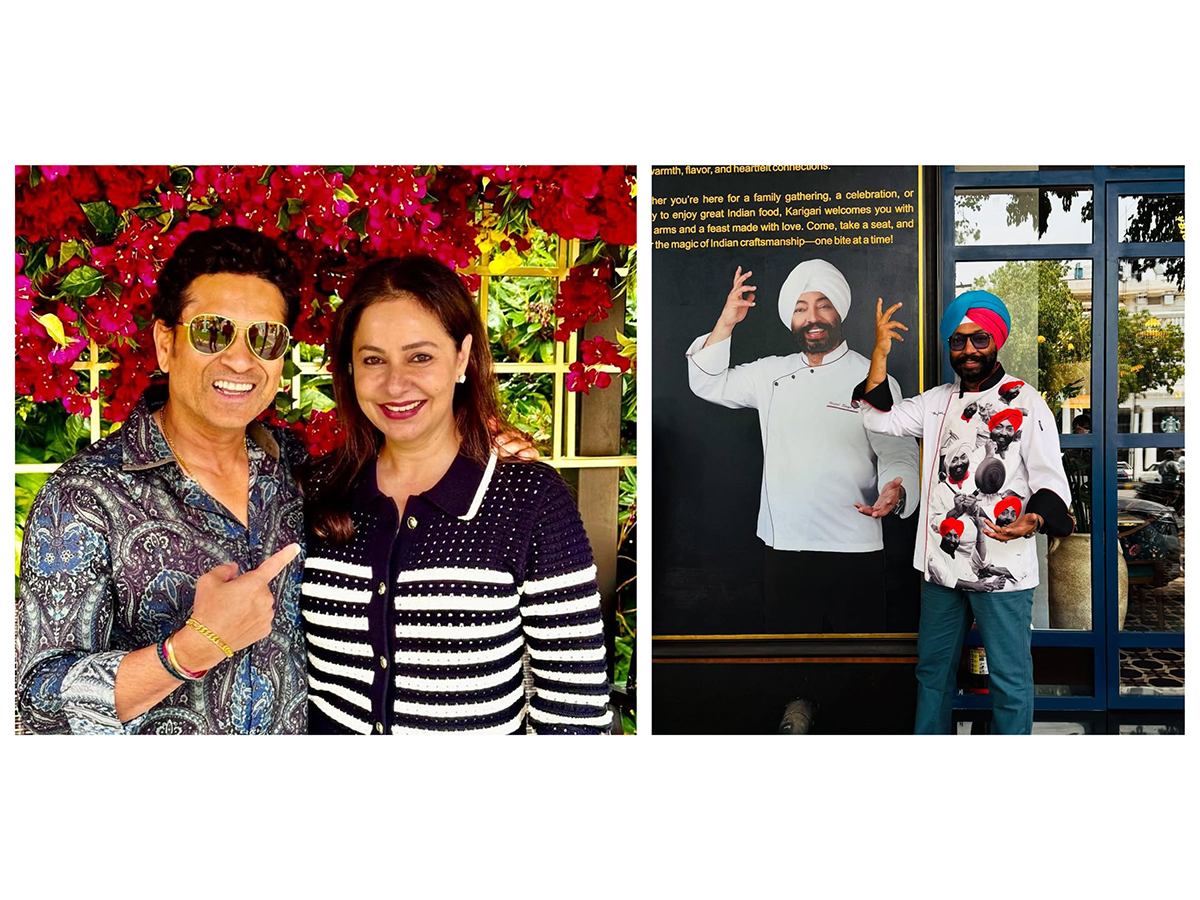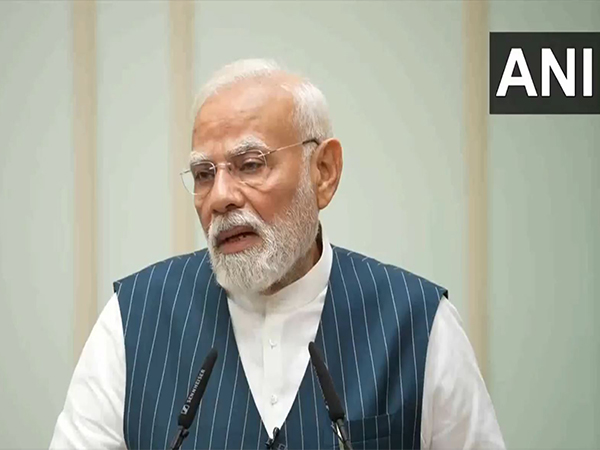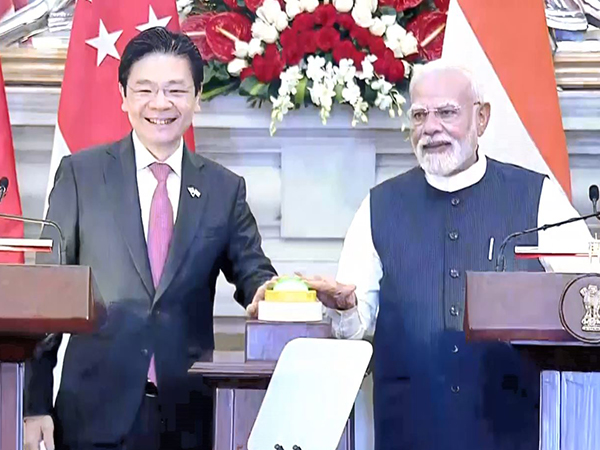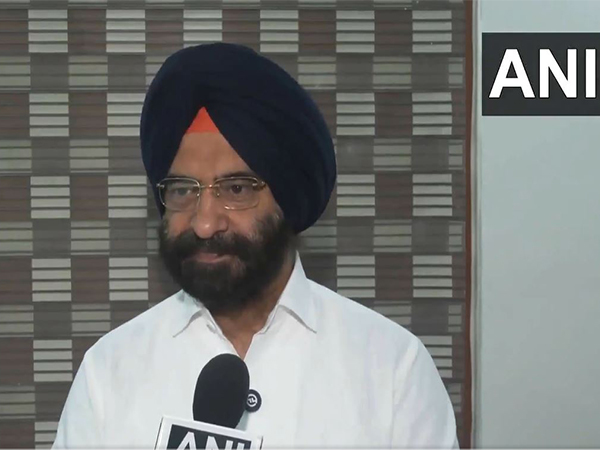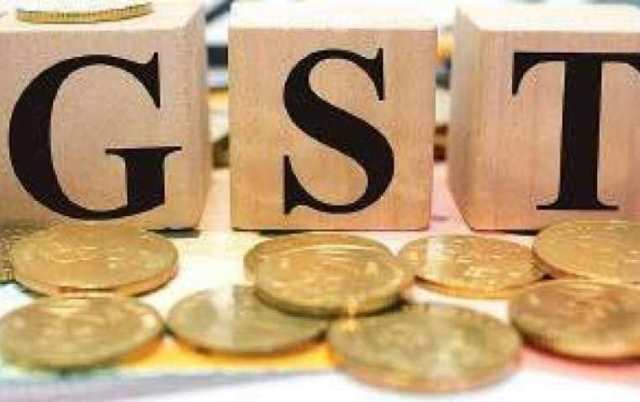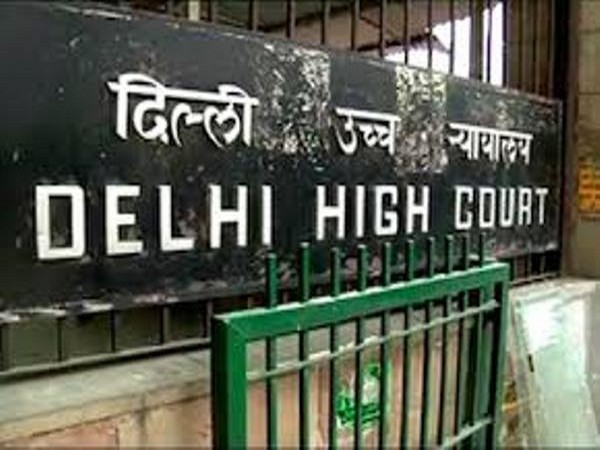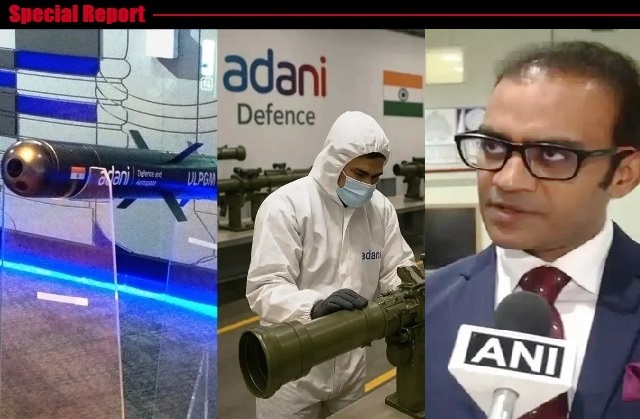fter writing an open letter to the President of India, Droupadi Murmu, producer and actor Pallavi Joshi shared that when she was left with no option, she “requested her to intervene in this matter” for the uninterrupted release of the film, ‘The Bengal Files’.
Set to release in theatres on September 5, Vivek Agnihotri’s ‘The Bengal Files’ explores the communal violence that took place in undivided Bengal during the 1940s, including the events of the Direct Action Day and the Noakhali riots of 1946.
Pallavi spoke to ANI about the reason behind writing the letter, saying, “Our film is not releasing in Bengal. And obviously, when the name of the film is ‘The Bengal Files’, a film is being made on Maa Bharati, so it is very important for it to be released in Bengal. And when all the doors were closed for us, this was the only way, so I wrote a letter to the President as a woman. I have requested her to intervene in this matter, so that our film can be released in Bengal in a peaceful manner.”
In an open letter, Joshi alleges that the film faces an “unofficial ban” in West Bengal, with the theatre owners refusing to screen the movie due to alleged “intimidation” and “threat” by the state’s ruling party workers.
Pallavi added that she doesn’t want to talk about the threat as they are focusing on the release of the film, however, she shared, “The theatre owners in Bengal are telling us, that they have been informed by the police, that if the film is released in their theatres, there will be consequences.”
Joshi stated that Vivek “had recorded a message in the name of Mamata ji (Mamata Banerjee, Chief Minister of West Bengal), which I think he had released two days ago. And when nothing happened, finally, I had to write a letter to the President. “
Vivek Agnihotri’s much-anticipated film ‘The Bengal Files’has been surrounded by controversies. A ruckus erupted during the release of the film’s trailer in Kolkata on August 16.
Pallavi shared, “Everyone knew that our function was there. The police were there since morning. When trial runs and test runs were taking place, no one said anything. That’s why they stopped us in the morning. After the media came, why did they create a ruckus in front of everyone? It was their planned action, to do it in front of the press. They deliberately tried to humiliate us. CBFC, a certified film, can run in India and everywhere. If a state bans it, it means they are afraid of something… Why are they opposing our film so much?.. This is a very sad situation. We have worked so hard to make this film…I am 100% sure, when she sees it herself, as a Bengali, she is going to be extremely proud of this piece of art. Mamata ji, please see our film.”
On Thursday, Pallavi Joshi wrote an open letter to the President of India, Droupadi Murmu, seeking intervention for the protection and support regarding the film’s release in West Bengal.
In the letter addressing the President, she wrote, “Respected Madam President. With a heavy heart, I reach out to you, not for favours, but for protection. The Bengal Files, the final part of the Files Trilogy, releases on 5th September. It tells the long-suppressed truth of the Hindu genocide of Direct Action Day, the horrors of Noakhali, and the trauma of Partition. But in West Bengal, truth is under siege. Years before completion, the Chief Minister mocked the film.”
Pointing towards the aftermath of the film’s announcement, Pallavi Joshi claimed, “Since then, baseless FIRs have been filed, police blocked our trailer, and even newspapers avoid carrying ads. My family is threatened every day by political party workers. Now theatre owners have told us they are being intimidated, threatened and are refusing to screen it, fearing violence by ruling party workers. There is no official ban, yet an unofficial ban silences the film before people can see it.”
The producer-actress also highlighted the support of Padma Bhushan actor Victor Banerjee and various Bengali organisations while calling them the “allies” of truth, allegedly showcased in her upcoming film ‘The Bengal Files’.”Legendary actor, Padma Bhushan Victor Banerjee, along with many Bengali organisations in India and abroad, has already petitioned you. Their support proves that truth still has allies,” wrote Pallivi Joshi.
The letter described ‘The Bengal Files’ as a “cinema of truth’ and a story of “survival and hope,” appealing to the President’s understanding as a woman who rose to the highest constitutional office.”The Bengal Files is the cry of Maa Bharati, scarred yet unbroken, a story of survival and hope. As a woman who rose from the margins to the highest constitutional office, only you can truly understand what it means to endure such pain and turn it into purpose,” wrote Joshi.
She continued, “This is cinema of truth. But truth also needs protection. Madam President, I seek not a favour for a film but space for art, for truth, for Maa Bharati’s soul to speak without fear. You are my final hope. Please protect our constitutional right and let The Bengal Files be shown in West Bengal peacefully.”
Director and producer of ‘The Bengal Files’, Vivek Agnihotri, expressed his sorrow on the alleged halt of his film’s release in Bengal due to “political pressure.”
He appealed for a peaceful release of his film in Bengal. Taking to his X, Vivek Agnihotri wrote earlier, “As Producer of The Bengal Files, I am pained that multiplex chains in Bengal have refused the film’s release under political pressure and threats by the ruling party. I plead for your intervention to uphold my constitutional rights and ensure its release in Bengal.”
‘The Bengal Files’ is directed by Vivek Agnihotri, who came to fame with his directorial ‘The Kashmir Files’ in 2022.The upcoming film stars Mithun Chakraborty, Anupam Kher, Darshan Kumar and Pallavi Joshi in the lead roles. (ANI)


